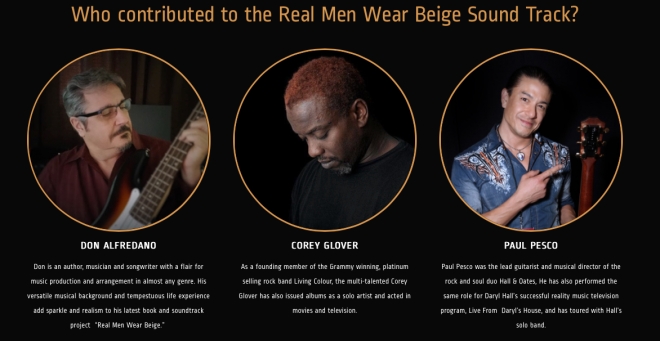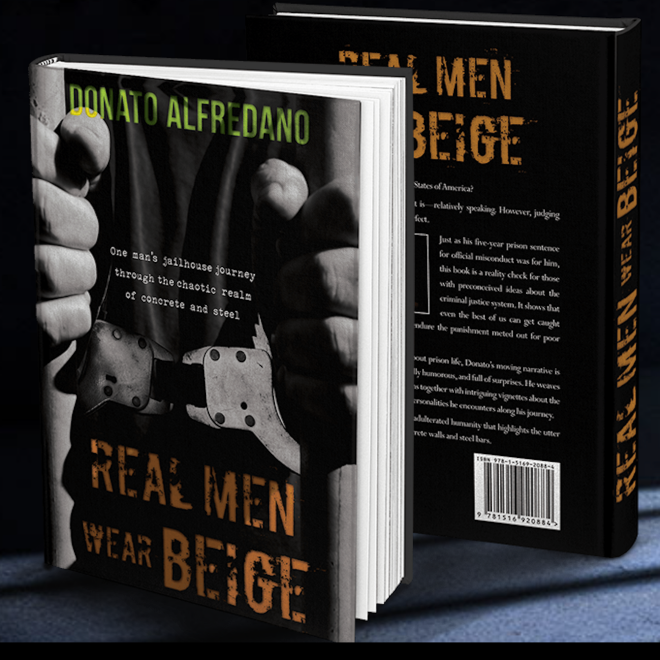
4:31 AM. January 17, 1994. The world must be coming to an abrupt end. The magnitude 6.7 earthquake is shaking Agoura Hills, California like a speed-addled Mariachi’s rattle. I jump out of bed and instinctively wrap Irina in the down comforter, pulling her safely away from the large window that could shatter at any moment. She, being a California native, groggily mutters, “Let me go back to sleep… It’s just another earthquake.”
I should note that, contrary to what we’re told, doorways are not necessarily the safest place to be during a large earthquake. They may be structurally reinforced, but that does not prevent them from swinging wildly and unpredictably. They could have easily broken an arm or chopped one of our cats in half.
Meanwhile, Don Alfredano, newly relocated to the San Fernando Valley from Boston, was having the pleasure of experiencing his first earthquake. Don and I had recently completed a big project for an update to the Eventide Harmonizer. That job was focused on guitar tones, so we developed a bunch of presets using a stereo Mesa/Boogie Triaxis rig. Don had the rig, which included two separate 1×12 speaker cabinets, set up to the side of his bed so that he could play guitar until falling asleep.
With a wall on the opposite side of the bed, and wall-mounted cabinets above it, Don was essentially sandwiched like a hotdog. So, at 4:31 AM, when the sound of Armageddon rudely awakened him, he jumped up and whacked his head on the cabinets, then spun around and fell backwards in the dark over one of the speakers. He stumbled outside to find that the swimming pool had bona fide waves. Welcome to California, baby!
A good story always has a price tag. I wish you could have heard Don tell the story first hand. He’s such a good story teller that Irina and I were in tears, and our abdomens literally hurt from “creasing” (being folded over as a result of profound laughter). As much as I despise the concept of Schadenfreude, I must admit that Don’s high-wire circus act during the quake evoked the vision of a ballet gone terribly wrong, as if it were danced on a seesaw.
The thing about earthquakes is that you never see them coming, and they can change your life in an instant. They can be like a glassy smooth freeway: open road for miles with no obstacles—until you find yourself launching over the edge of a cliff.
Don was cruising along in the diamond lane, destined for some exciting new chapters. He hung up his guitar and shifted his focus to writing. His first critically acclaimed book, Be Strong, Be Tough, Be Smart, was about raising his autistic son, who is now a renowned astrophysicist. He opened a resort in Portugal’s hip Algarve and eventually returned to the USA where he became a local government official. Life was looking bright!
And then one day, completely out of the blue, the road dropped out from underneath him. With the political environment and government oversight beginning to rain down on him, Don left the USA and took a teaching job in Europe. Eventually, he got a call from his attorney who informed him that he was all over the news—and not in a good way. The gravity of the ordeal was serious enough that when Don asked his attorney what to do, the attorney said, “You might want to consider staying overseas.”
Don made arrangements to fly back to the USA to voluntarily hand himself over to the authorities, and for him to meet his wife and her attorney at the airport before putting his affairs in order during the subsequent 48 hours. Instead he was immediately handcuffed upon landing, and hurled headfirst into a surreal WTF! odyssey. His gesture of good faith was not sufficient to keep him from serving time at the infamous Rikers Island.
I really can’t equate Don’s incarceration experience to anything in my life. Fortunately, not many of us can. But I’d bet we all know something about bad choices and decisions. We’ve all made a few. Sometimes things that look, feel, or sound right at the time, turn out to be something entirely different when we look in the rear view mirror. Some call it 20/20 hindsight. It’s just a fact that in our daily lives and within the parameters of our careers, we are faced with choices. Some seem simple and obvious, and some have serious repercussions. On the other hand, some things are just accepted practice, “par for the course,” and are considered “a given.” In other words, the lines are often blurred. Here’s an example:
I consider Don’s scenario to be a lot like the cross-collateralization that happens in the recording and publishing industries. It is “a given.” The mindset is that you do what you gotta do to get things done, and in the end, it will “all work itself out in the wash.”
Bureaucratic red tape is often the enemy of getting things done in a timely manner. That said, the law is the law, so public servants need to be especially diligent to remain beyond reproach and to withstand intense scrutiny. Don owns and accepts responsibility for his transgression. That’s why he flew back to New York to face the music and serve time in prison as a middle-aged man. Despite being a gentle, thoughtful, well-educated poet and musician, he chose to dwell behind bars with thugs and gang bangers rather than to live on the run, far away from his family and loved ones.
Even the darkest day can have a silver lining, if you know where to look for it. Don channeled his angst into a new multimedia book and record album about his experience within the penal system so that the rest of us remember to pay attention to our choices and to avoid a pivotal indiscretion that can lead down a slippery slope. The book, Real Men Wear Beige, is a terrific and exciting read that I could not put down. A compelling story told in 142 pages, it was easy to digest in one sitting. I loved it because Don found humanity and love in between all of the adrenaline rushes.
The accompanying soundtrack music album is filled with top quality, catchy songs, and features guest appearances from notable luminaries such as Corey Glover from Living Color and Paul Pesco from Hall & Oates. Master craftsman Paul Orofino engineered it. I mixed it, and also had the pleasure of producing and playing gritty slide guitar on a “Swamp Mix” (see track #9 on the Spotify playlist) of the title track, this time sung by Alfredano instead of Glover. The soundtrack lyrics are woven throughout the book, so the music is integral to the story, rather than an afterthought. As an example, when I listen to the song “The Concrete Is My Only Friend,” I can almost feel the cold hard surface on which Don was finally able to fall sleep, his only escape from the incarceration nightmare that was fast becoming his new reality.
So many people believe that they are “over the hill” after a certain age. Don, however, seems to have tapped into his youth, revitalized his music, and gotten a new lease on life. We should all be so lucky to not flinch or bail out when life throws us a wicked curveball that looks like it’s coming straight at us.
Hats off to Don Alfredano for rising above the destruction that could have defined the second half of his life. Just as he did after the ’94 Northridge earthquake, he sifted through the rubble and began rebuilding.









